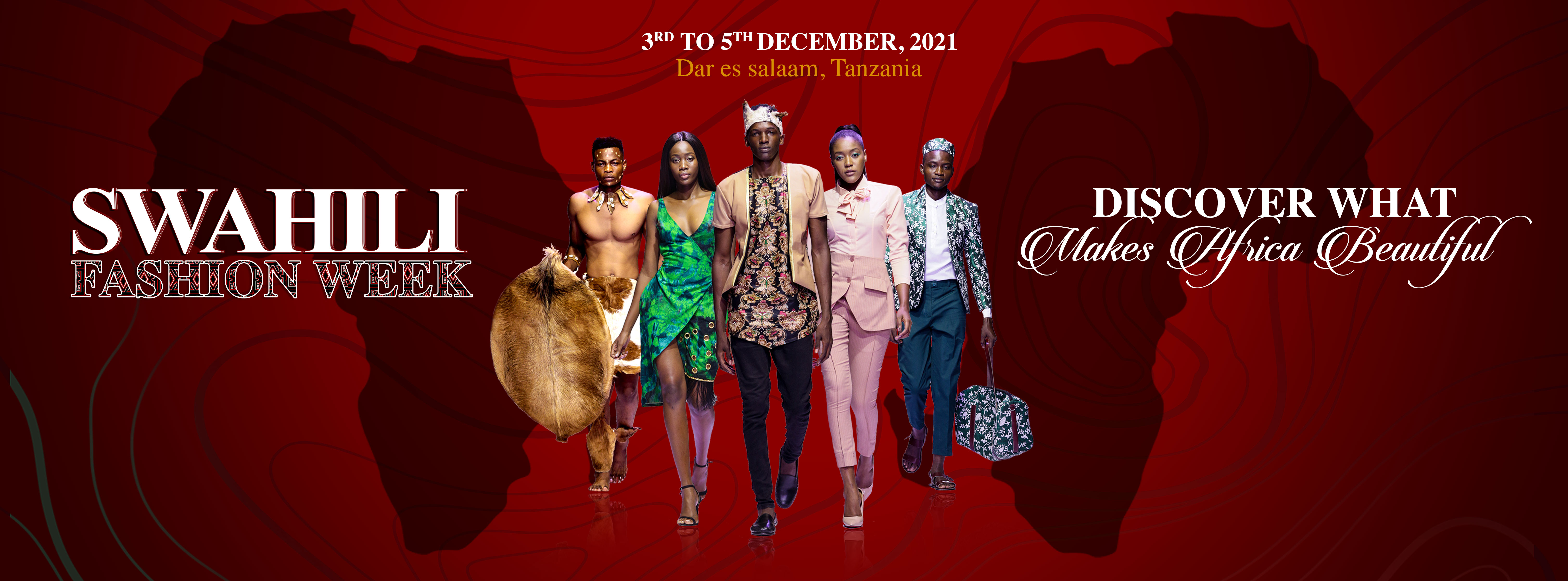Ever wondered how East Africa has positioned itself on the global fashion map? Swahili Fashion Week in Dar es Salaam is a captivating testament to this move, attracting attention with its vibrant display of cultural elegance. Designers from across the region gather here, creating an unparalleled showcase that merges traditional elements with modern flare, crafting a unique sartorial voice.
Since its inception in 2008, Swahili Fashion Week has dramatically grown, hosting over 20 designers each year and attracting fashion enthusiasts worldwide. It serves as an essential platform for emerging talents in the region, highlighting the rich cultural heritage through innovative fashion narratives. The event not only celebrates style but also invigorates the local economy, providing significant opportunities for designers to thrive both locally and internationally.

The Cultural and Fashion Impact of Swahili Fashion Week
Swahili Fashion Week is more than just a fashion event; it is a cultural celebration. Each year, it brings together diverse talents who share a love for creative expression. Designers often incorporate traditional Tanzanian elements into their modern designs, showcasing the region’s rich heritage. This blend offers a fresh perspective on fashion, making it both unique and globally appealing. For many, this week is an eye-opener to the potential of East African fashion.
The event has significantly influenced how fashion is perceived across East Africa. Designers have an extraordinary opportunity to present their work on a big stage. This exposure helps them grow their brands not only locally but also internationally. Talent from neighboring countries participates, making it a regional affair. As a hub of creativity, it inspires a new generation of fashion enthusiasts.
Swahili Fashion Week also celebrates craftsmanship, which is often passed down through generations. Artisans showcase intricate beadwork and unique textiles that are native to the region. These crafts are a foundation for designers, offering them a variety of materials and skills to explore. According to the article, events like these play an essential role in preserving cultural art forms while promoting them to a broader audience.
The week’s influence goes beyond fashion, affecting local businesses and tourism. Dar es Salaam becomes a focal point, attracting visitors eager to experience this vibrant event. Restaurants, hotels, and craft markets see a surge in activity, which boosts the local economy. Here is a setting where fashion meets culture, tourism, and commerce. The impact on the community is both immediate and lasting.
Exploring the Influence of Traditional Tanzanian Elements in Modern Designs
Traditional Tanzanian elements breathe life into modern fashion designs, creating a bridge between the past and present. Many designers utilize vibrant batik patterns, which are a staple in Tanzanian culture. These patterns, known for their intricate details, offer a stunning visual appeal. Incorporating them into contemporary clothing makes each piece stand out uniquely. This fusion of old and new styles creates a harmonious blend.
Apart from batik, other elements like kitenge and khanga fabrics hold a special place in modern design. These fabrics, rich in history, are cherished for their bold colors and patterns. They serve not only as a fashion statement but also as a cultural narrative. For many designers, using these materials is a way to honor their heritage. The blend of traditional fabrics with modern cuts provides endless possibilities.
Traditional jewelry is another area where Tanzanian influence shines brightly. Beaded necklaces and bracelets, often handcrafted, add an extra flair to fashion pieces. These accessories carry stories and symbolize community ties. Thus, they are more than just decorative items, embodying heritage and craftsmanship. Such pieces create a connection between the wearer and Tanzanian culture.
This engaging mix of traditional and modern influences opens doors for young designers. Feeling culturally rooted, they have the confidence to explore further. This environment nurtures creativity and innovation, paving the way for new trends. The global fashion scene benefits from this influx of fresh ideas. Tanzanian elements continue to inspire, making a mark on fashion stages worldwide.
Economic Significance of Fashion Tourism in Dar es Salaam
Fashion tourism has become a vital aspect of Dar es Salaam’s economy. Events like Swahili Fashion Week draw thousands of tourists eager to experience the city’s vibrant fashion scene. These visitors boost the local economy by spending on accommodation, dining, and shopping. Local businesses thrive during such events, creating a ripple effect throughout the community. This type of tourism provides consistent economic benefits year-round.
The city benefits from showcasing local talent on an international stage. Designers gain exposure, creating opportunities for partnerships and growth. This exposure extends to artisans and craftspeople who supply materials. Their skills and products get recognized, leading to increased demand and higher incomes. This interconnectedness supports the entire fashion supply chain.
Fashion events also encourage infrastructural development in Dar es Salaam. New hotels, venues, and transportation options emerge to accommodate visitors. These improvements benefit both tourists and residents, enhancing the city’s overall appeal. The resulting job creation spans various sectors, building a stronger local workforce. This positions Dar es Salaam as a thriving destination for fashion and culture.
In addition, fashion tourism promotes cultural exchange. Visitors experience Tanzanian traditions and share their experiences globally. This spreads awareness of Dar es Salaam’s rich heritage and contemporary innovations. According to the article, such interactions foster mutual respect and understanding. This cultural appreciation influences more tourists to visit, ensuring steady economic growth.
Key Takeaways
- Swahili Fashion Week blends traditional and modern fashion elements.
- The event boosts local businesses and tourism in Dar es Salaam.
- Traditional Tanzanian textiles like batik, kitenge, and khanga are popular in modern designs.
- Fashion tourism leads to infrastructural development in the city.
- Cultural exchanges during fashion events promote global awareness and appreciation.
Conclusion
Swahili Fashion Week stands as a pivotal event that transcends mere fashion showcases. It serves as a dynamic platform that celebrates cultural heritage, promotes local craftsmanship, and provides a stage for emerging designers to shine on an international level. The event fuels economic growth by drawing global attention to Dar es Salaam, making it a vibrant hub for fashion tourism.
Furthermore, the fusion of traditional and modern elements creates a rich tapestry that appeals to diverse global audiences. This not only strengthens cultural ties but also fosters innovation in the fashion industry. Overall, Swahili Fashion Week encapsulates a unique blend of tradition, innovation, and economic significance, positioning Tanzania as a key player on the global fashion stage.

